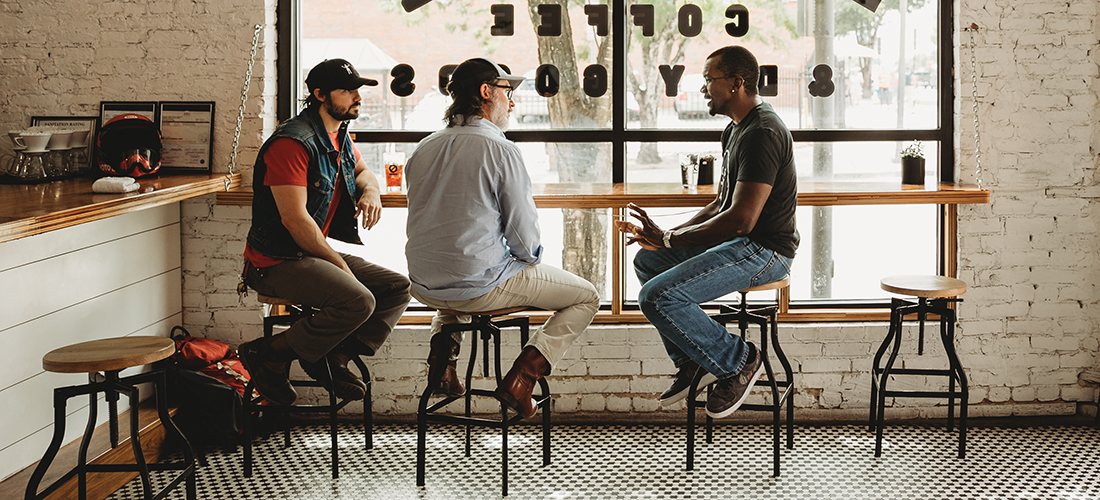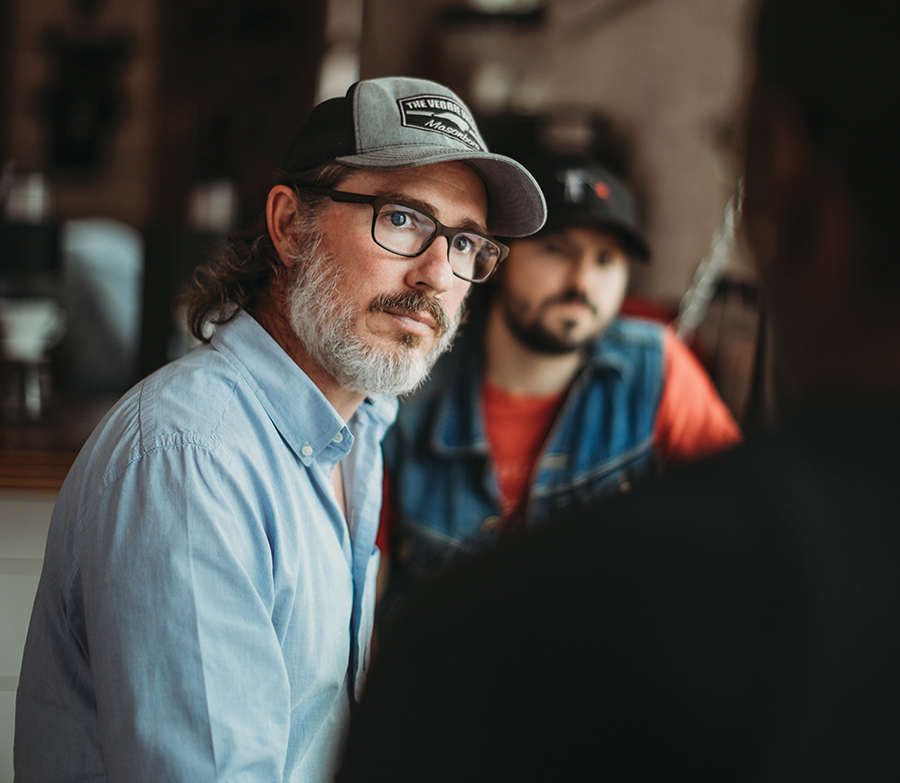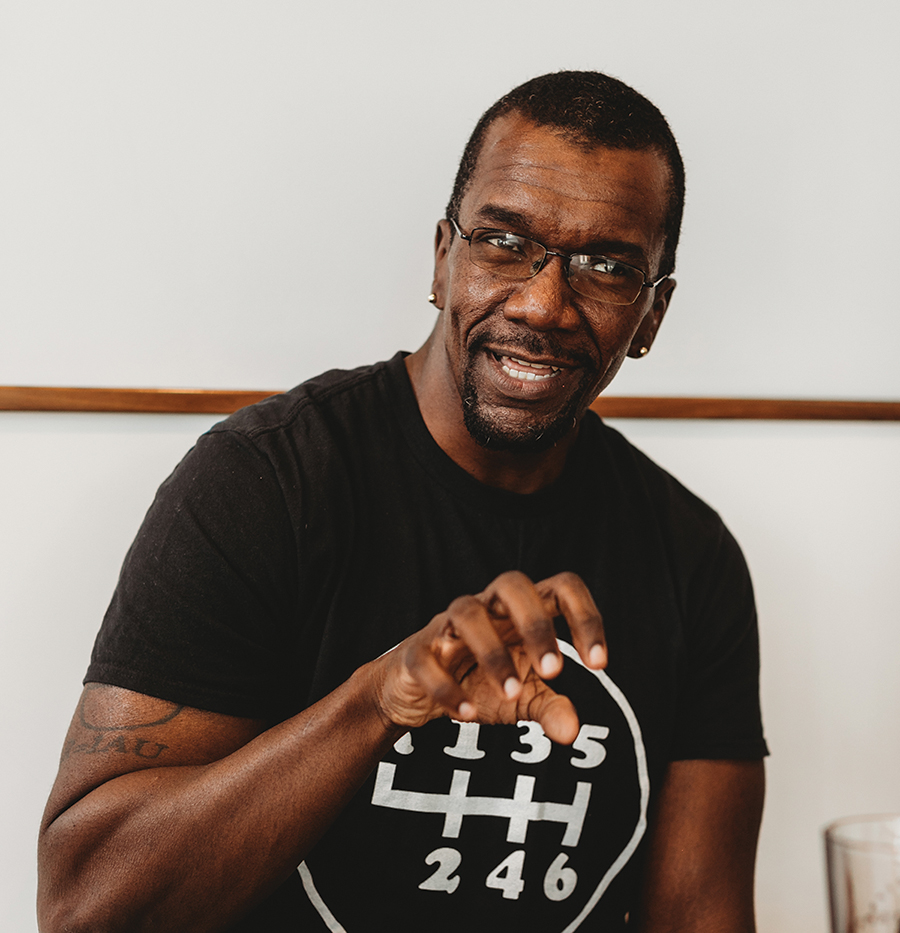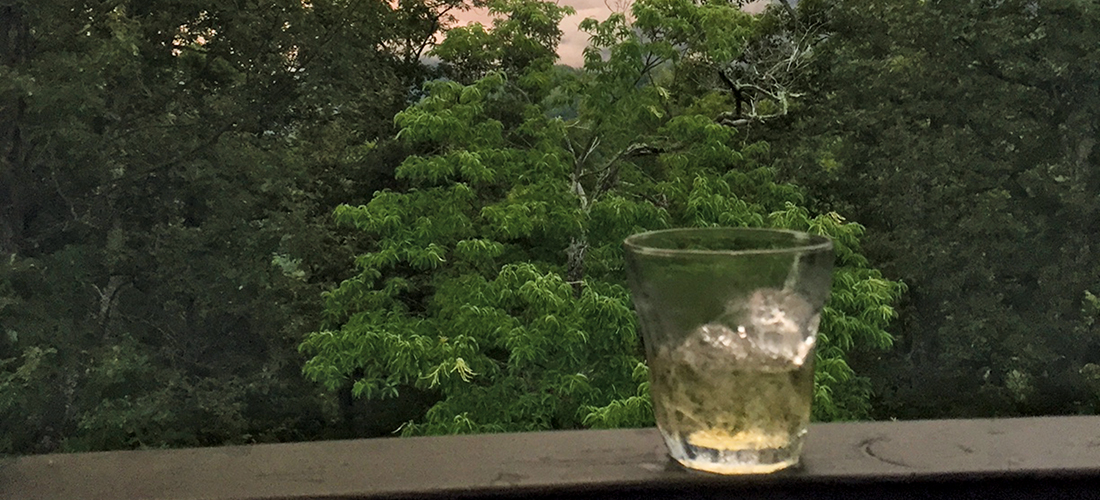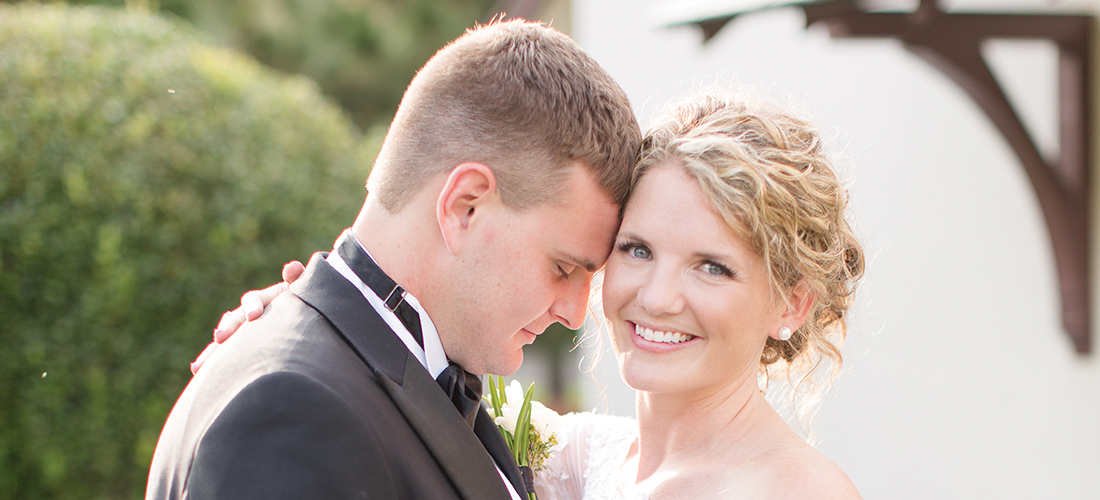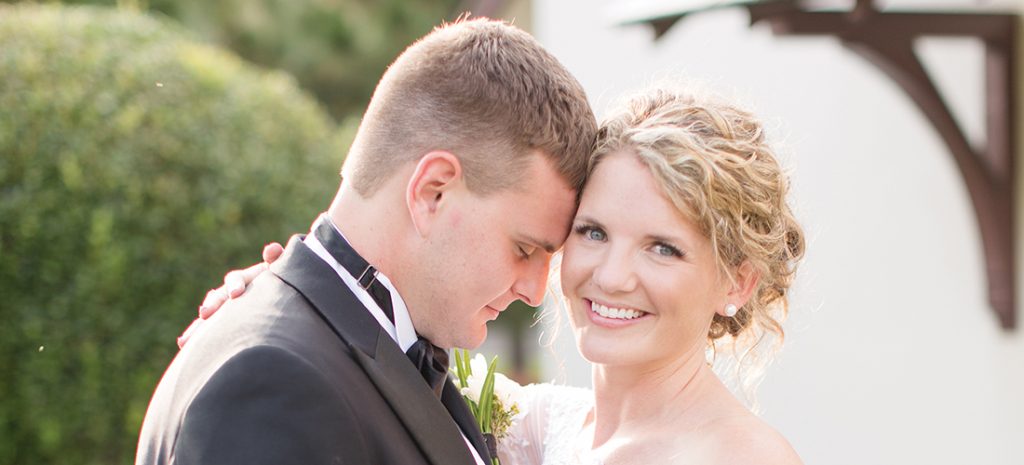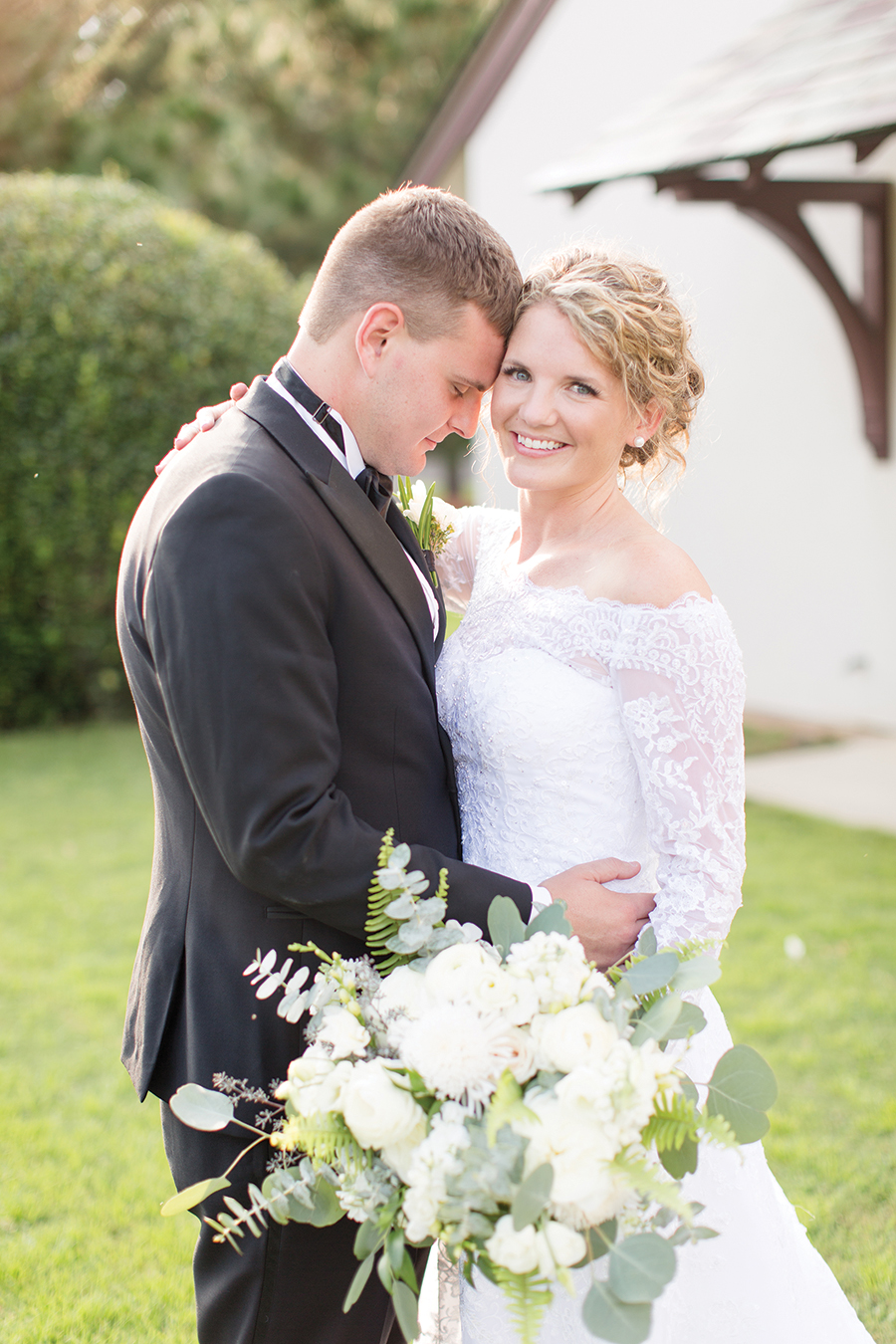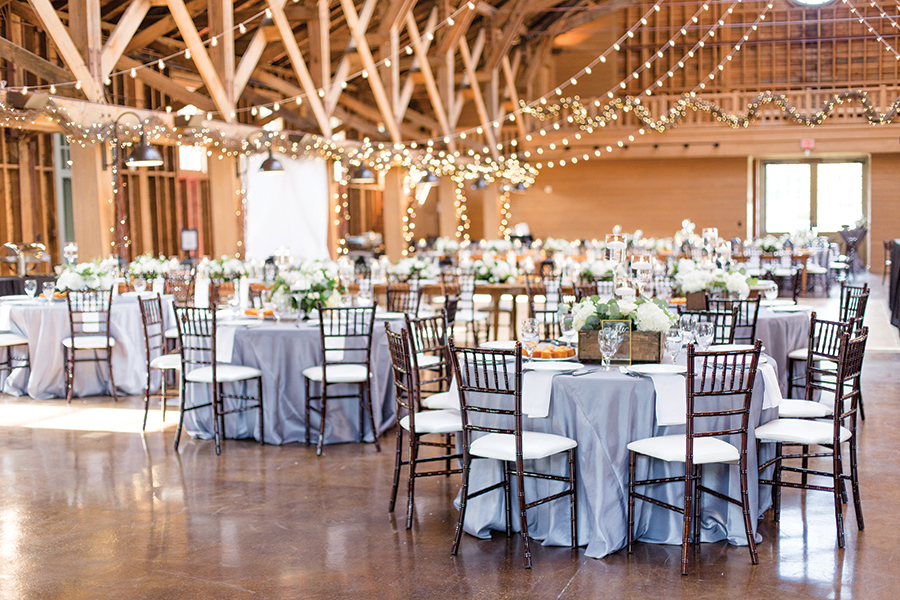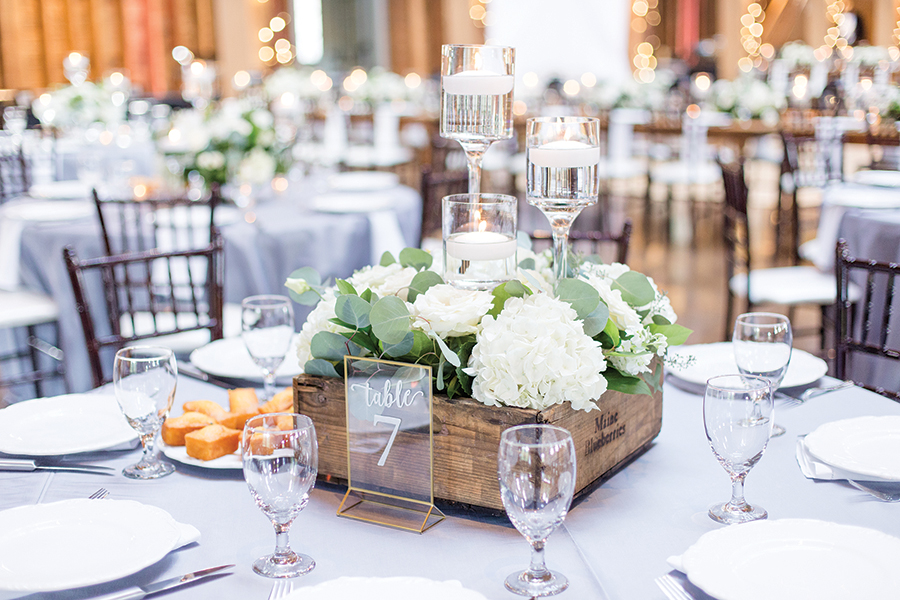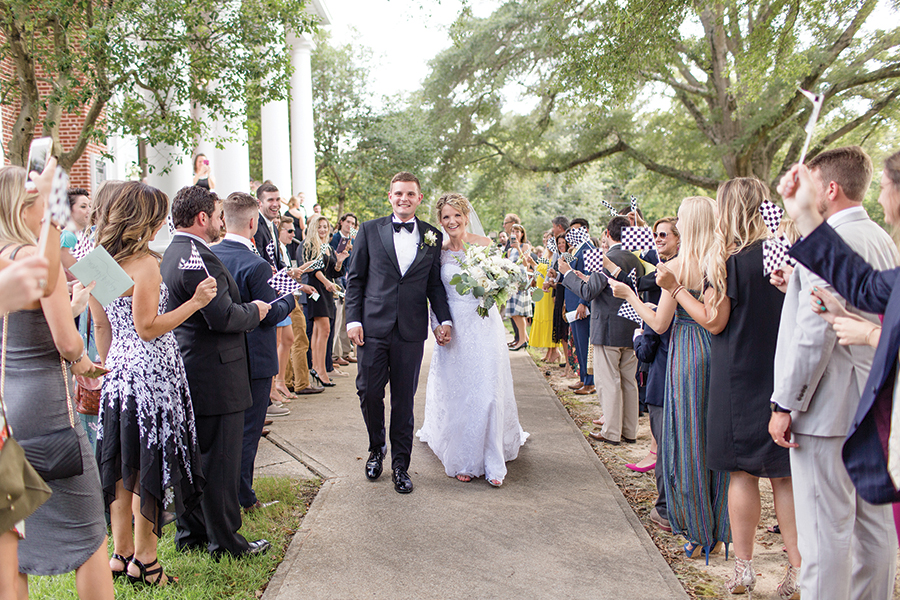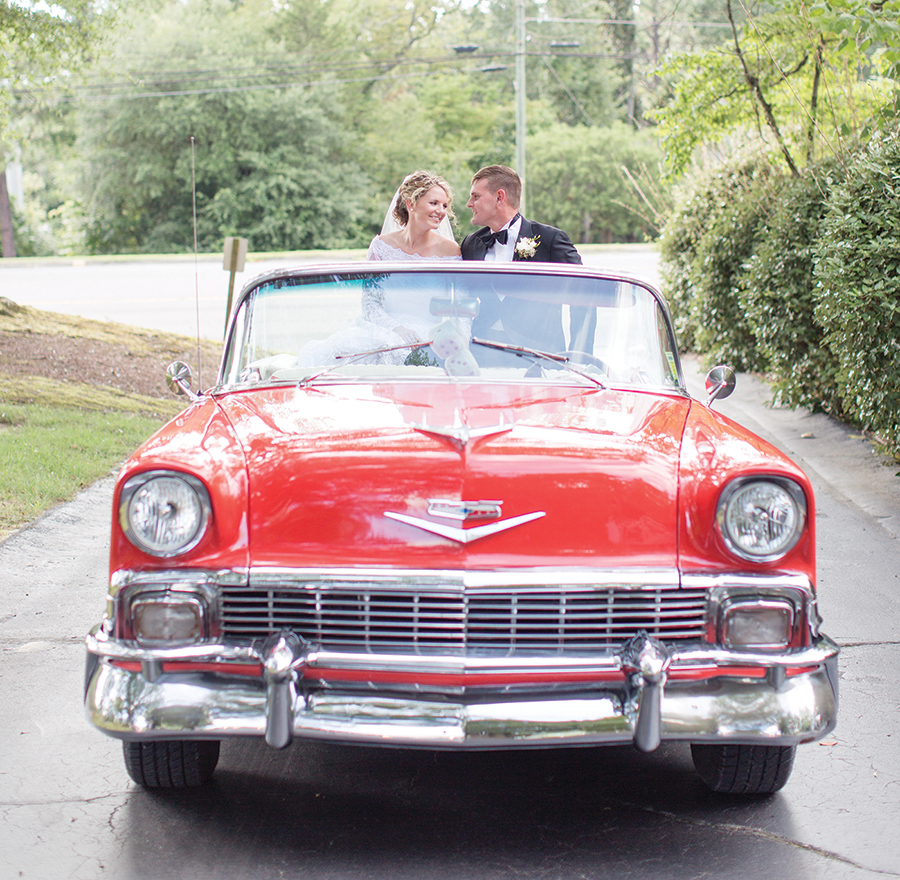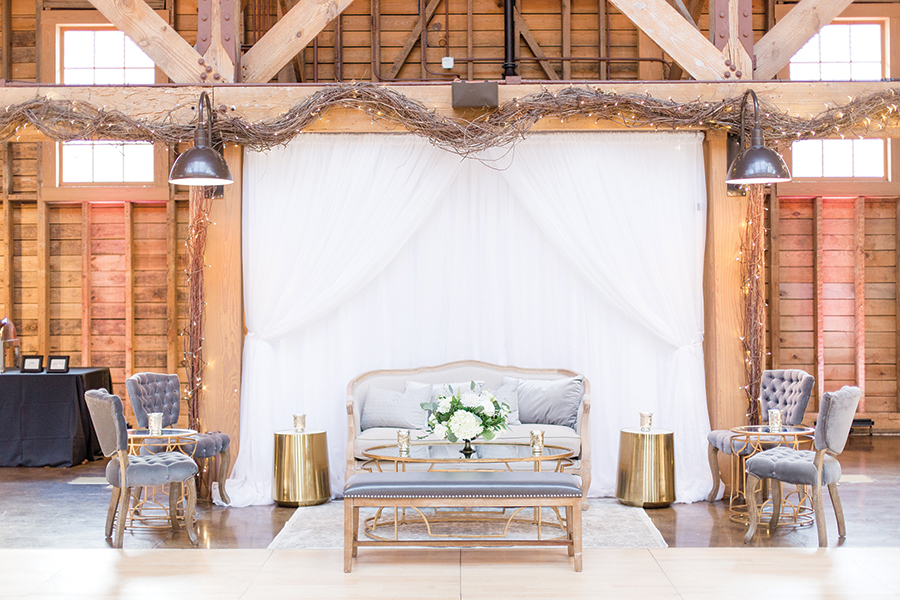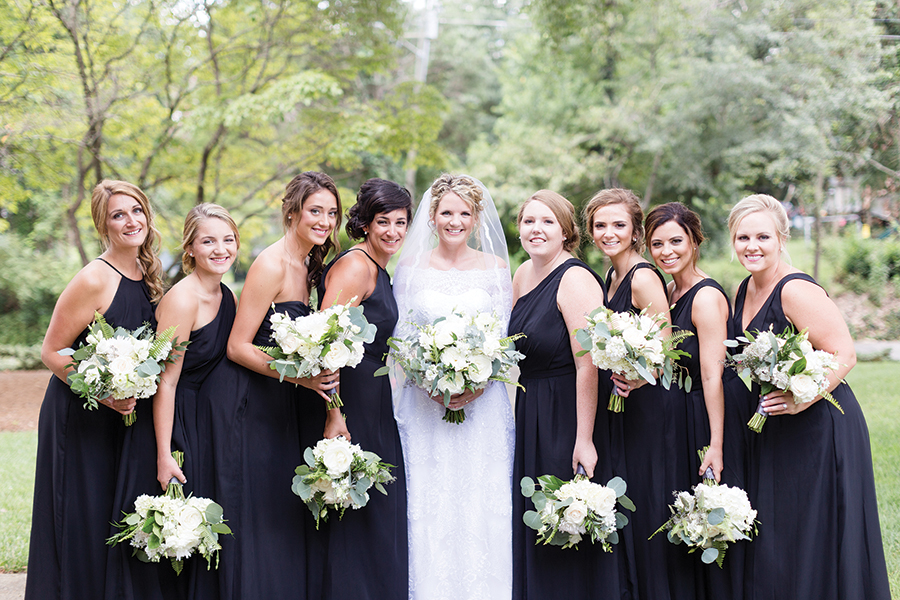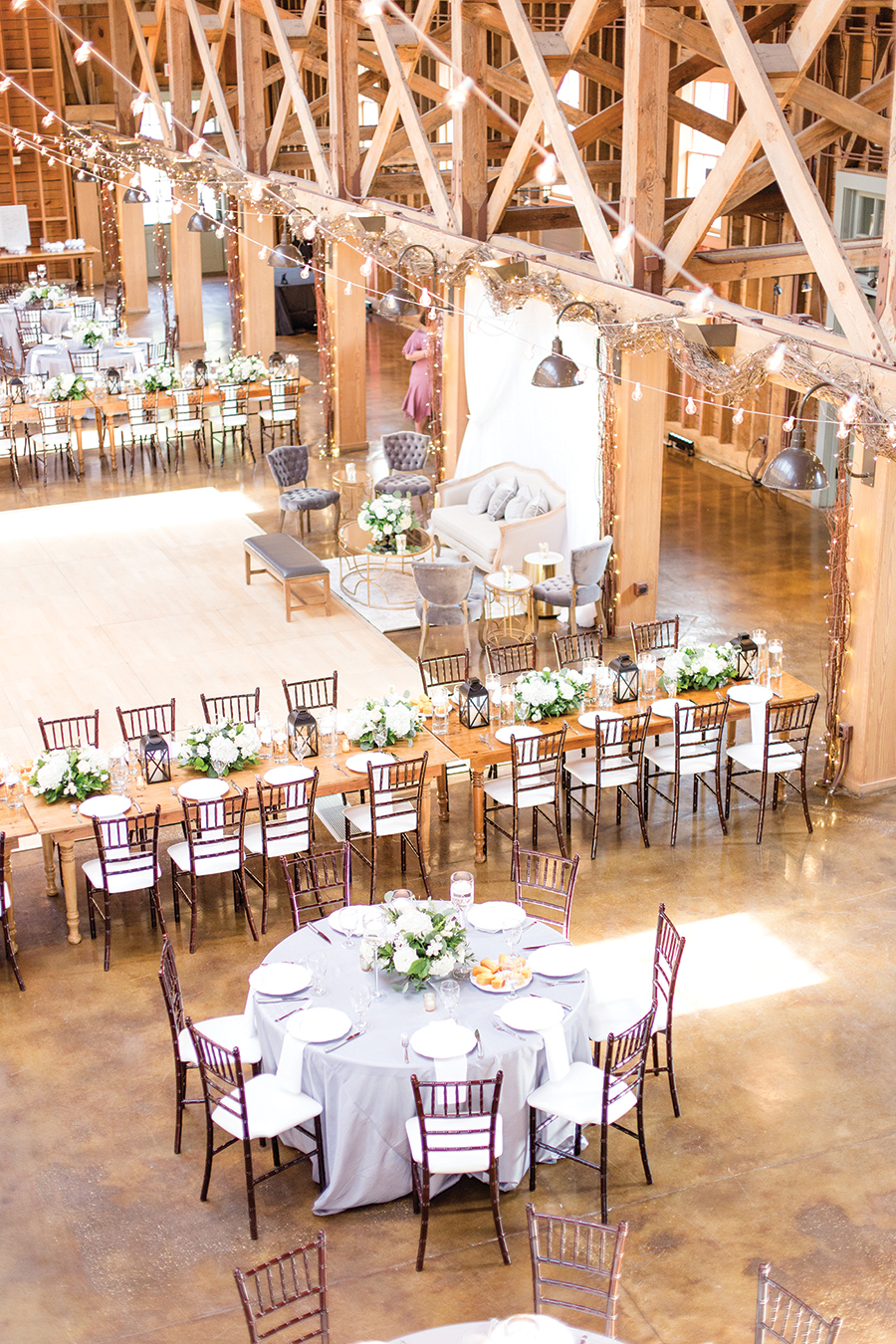FICTION
Waiting for Eden, by Elliot Ackerman
A mortally wounded Marine, Eden, has been in a burn unit for three years. His wife never leaves his side. Believing that he is close to death, she agrees to allow the hospital to ease his way out of this world. But they realize the clacking of his teeth is a code and he’s trying to communicate. Although he is ready to end his life, they decide not to help him on that route in this moving tale of love, loss, loyalty and betrayal.
Transcription, by Kate Atkinson
In 1940, 18-year-old Juliet Armstrong is reluctantly recruited into the world of espionage. Sent to an obscure department of MI5 and tasked with monitoring the comings and goings of British fascist sympathizers, she discovers the work to be both tedious and terrifying. After the war ends, she presumes the events of those years have been relegated to the past forever. Ten years later, after becoming a radio producer at the BBC, Juliet is unexpectedly confronted by figures from her past. A different war is being fought now, on a different battleground, and she finds herself once more under threat.
The Labyrinth of the Spirits, by Carlos Ruiz Zafon
The internationally acclaimed New York Times best-selling author returns to the magnificent universe he constructed in his novels The Shadow of the Wind, The Angel’s Game and The Prisoner of Heaven in this riveting series finale — a heart-pounding tale of suspense that introduces a sexy, seductive new heroine whose investigation shines a light on the dark history of Franco’s Spain.
The Collector’s Apprentice, by B.A. Shapiro
It’s the summer of 1922, and 19-year-old Paulien Mertens finds herself in Paris — broke, disowned, and completely alone. Everyone in Belgium, including her own family, believes she stole millions in a sophisticated con game perpetrated by her then-fiancé, George Everard. She creates a new identity and is hired by the eccentric and wealthy American art collector Edwin Bradley. She soon finds herself caught up in the Parisian world of post-Impressionists and expatriates as she travels between Paris and Philadelphia — where Bradley is building an art museum — and things get complicated as she tries to clear her name.
NONFICTION
Heartland: A Memoir of Working Hard and Being Broke in the Richest Country on Earth, by Sarah Smarsh
The anthem of a Midwestern childhood rises from the pages of this poetic, truth-telling memoir. Set in Kansas in the 1980s, Smarsh unapologetically tells the history of several generations of her family rife with physical abuse, substance abuse, poverty and nomadic upheaval. The product of an emotionally unattached mother, she shares the story of her childhood with her imagined, never-to-be-conceived daughter, August. Her people were hardworking and hard-partying, and would give the shirts off their backs to anyone in need, while never quite getting ahead themselves. This is an important sociological examination of the isolation and distrust in a class of people as overlooked and misunderstood as the “flyover” states of our nation’s heartland.
Small Fry, by Lisa Brennan-Jobs
The fact that Brennan-Jobs’ father is Steve Jobs is part of the story, but it’s not the whole story in this well-written and engaging memoir. Transporting us to her childhood in California with detached perspective, she writes about a man who is fully himself, flaws and all, with the love, compassion and unapologetic care that a daughter can share.
Whiskey in a Teacup, by Reese Witherspoon
A lifestyle book with recipes and menus for entertaining and celebrating holidays, and ideas for making special occasions truly special, Whiskey in a Teacup is also full of personal essays about Witherspoon’s childhood memories; why she idolizes Dolly Parton; the importance of female friendships; her love of literature; portraits of family members; and her secret recipe for hot-rollering your hair. Peppered throughout with fun sidebars (“Let’s Talk about the Steel Magnolias Beauty Parlor Scene”; “How to Catch a Frog with Your Bare Hands”), the book’s voice is all Reese — chatty, funny, down-to-earth, open and enthusiastic.
In Pieces, by Sally Field
With the humility and authenticity her fans have come to expect and the pitch-perfect prose of a natural-born writer, Field brings readers behind-the-scenes for the highs and lows of her star-studded early career in Hollywood and deep into the truth of her lifelong relationships — including her complicated love for her mother. Powerful and unforgettable, In Pieces is an inspiring and important account of life as a woman in the second half of the 20th century.
How Do We Look: The Body, the Divine and the Question of Civilization, by Mary Beard
Conceived as a gorgeously illustrated accompaniment to the Civilizations shows How Do We Look and The Eye of Faith on PBS, renowned classicist Mary Beard has created this elegant volume on how we have looked at art. Focusing in Part I on the Olmec heads of early Mesoamerica, the colossal statues of the pharaoh Amenhotep III, and the nudes of classical Greece, Beard explores the power, hierarchy, and gender politics of art in the ancient world, explaining how it came to define the so-called civilized world. In Part II, she chronicles some of the most breathtaking religious imagery ever made — whether at Angkor Wat, Ravenna, Venice, or in the art of Jewish and Islamic calligraphers — to show how all religions, ancient and modern, have faced irreconcilable problems in trying to picture the divine. With this classic volume, Beard redefines the Western and male-centric legacies of Ernst Gombrich and Kenneth Clark.
CHILDREN’S BOOKS
The Truth About My Unbelievable School, by Davide Cali and Benjamin Chaud
Ho, hum. Every school has art, PE, science and a giant jellyfish for a class pet. Oh, wait, maybe not that pet thing. And maybe not an Olympic champion for a PE teacher. And possibly not a Ferris wheel or a principal’s office that . . . well, lets not talk about the principal’s office. Let’s just say that this school is unbelievable, and in a world of “school can be scary” back-to-school books, this book is, well, unbelievable, too. (Ages 4-6.)
Interrupting Chicken and the Elephant of Surprise, by David Ezra Stein
Every great story has an elephant, um, element of surprise, and Little Red from the Caldecott Honor-winning Interrupting Chicken is back with a big surprise of her own. A very “pun-ny” read-aloud just perfect for story time, Interrupting Chicken and the Elephant of Surprise is a ton of fun. (Ages 4-6.)
Running on the Roof of the World, by Jess Butterworth
Tash and her best friend, Sam, live in Tibet where, as practicing Buddhists under the strong arm of the occupying Chinese soldiers, they must never utter two words: Dalai Lama. So, when Tash’s parents are arrested following a local uprising, Tash and Sam, along with Eve and Bones — two absolutely wonderful borrowed yaks — make their way across the treacherous mountains to carry an urgent message that could just save everything and everyone they hold dear. Running on the Roof of the World is a fast-paced adventure that will leave curious young readers on the edge of their seat. (Ages 10-14.)
I Am Still Alive, by Kate Alice Marshall
Tense and brilliantly written, I Am Still Alive grabs you on the first page and doesn’t let go. After the death of her reclusive father, Jess and Bo, a half-wild almost bear-sized dog, scavenge for sustenance in the wilds of Canada. A great choice for a long, rainy day or, better yet, a snowed-in blackout blizzard night, I Am Still Alive is a must read for anyone who loves to see just what people are made of when pushed to the brink of existence. (Ages 14 and up.) PS
Compiled by Kimberly Daniels Taws and Angie Tally


